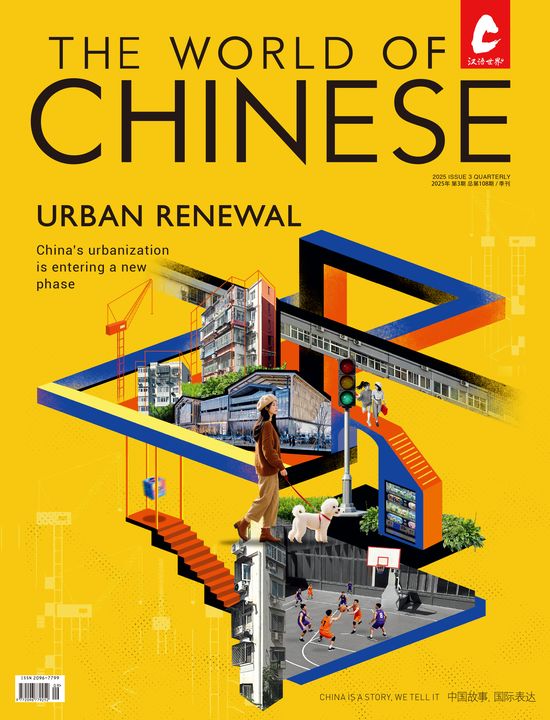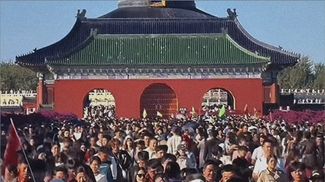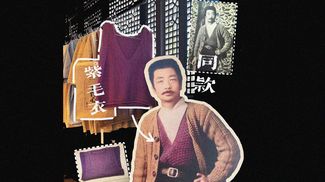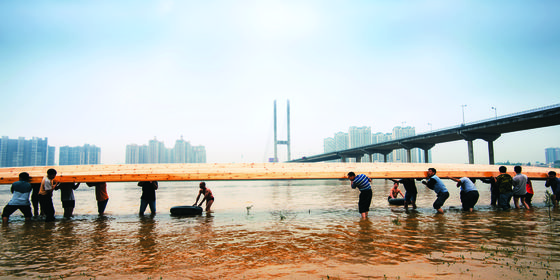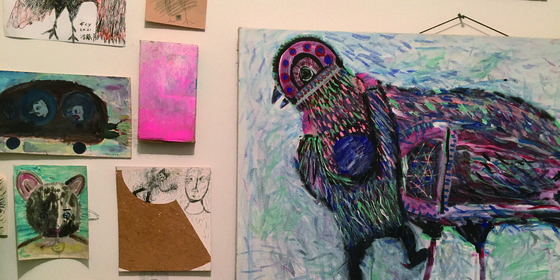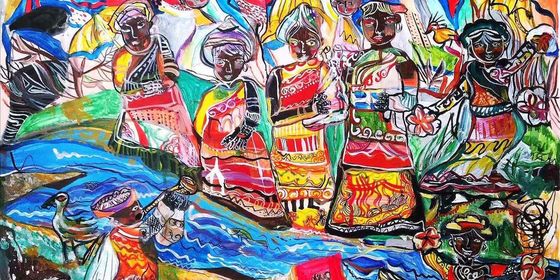Artist Yao Lu applies digital technology to convert construction sites into ancient landscape paintings
Yao Lu (姚璐)

Born in Beijing in 1967, Yao Lu is an associate professor in the Photography Department in the School of Design at Beijing’s Central Academy of Fine Arts. His collection, entitled “New Landscape” (新山水 xīnshānshuǐ) resorts to the classic concept of traditional Chinese mountain-and-water paintings. By applying digital technology to replace the ancient paintings with a modernized landscape, a great conflict in time and space is created.
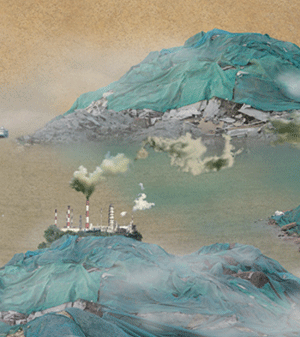
Type: Photography
Notable Exhibitions:
2011—Development of the Infinite Balance Exhibition, Museum of Photographic Arts, San Diego, U.S.A.
2011—Istanbul Museum of Modern Art, Turkey
2008—798 Art Gallery, Beijing, China
Yao Lu’s “New Landscape” series depicts mountains and trees, waterfalls and rivers, all features of classical Chinese mountain-and-water paintings, but upon closer inspection, it reveals something incredible.
In 2004, while walking past the Central Academy of Fine Arts, Yao noticed that construction sites, with their big mounds of earth covered by green dustproof nets, closely resembled classical Chinese paintings, inspiring him to create these works. Yao says that many people have noticed this association, and it is becoming more and more obvious. With this in mind, he used his talent as an artist to express and expose the quality of more modern Chinese landscapes, inspiration from destruction, construction, relocation, garbage and landfills.
[nggallery id=103]
Yao went in search of these modern soon-to-be masterpieces/disaster areas, then he re-arranged them with photo editing tech, later choosing a suitable ancient landscape as a background to add elements such as pavilions and mist. These works fool the eye at first glance, but if you look closely, you can see industrial chimneys, construction workers and notice boards. Take a close look at the red square board in this work which says: “The mound is very dangerous, people are forbidden” (堆土处危险,严禁站人duī tǔ chù wēixiǎn, yánjìn zhàn rén). To finish off, he smoothes the overall look digitally.
On his works, Yao borrows elements from ancient paintings with similar compositions and attempts to mirror the form as much as possible. For example, this work, “Dwelling in the Fuchun Mountains” makes allusions to a classical painting by the acclaimed Chinese painter Huang Gongwang (黄公望, 1269–1354) from the Yuan Dynasty (1206–1368). However, Yao’s post-modern methods—restructuring perception itself—give these ancient paintings a whole new life. The Chinese idiom, “graft one twig on another” (移花接木 yí huā jiē mù) seems duly apt.
Yao claims he chose traditional Chinese painting because it is visual and poetic, while garbage is destructive and repulsive, a contrast that seems to bring the current situation into focus. It is an inquiry into splendor and filth in the world we experience, the rack and ruin of our own environment and if development is really worth all we stand to lose.
